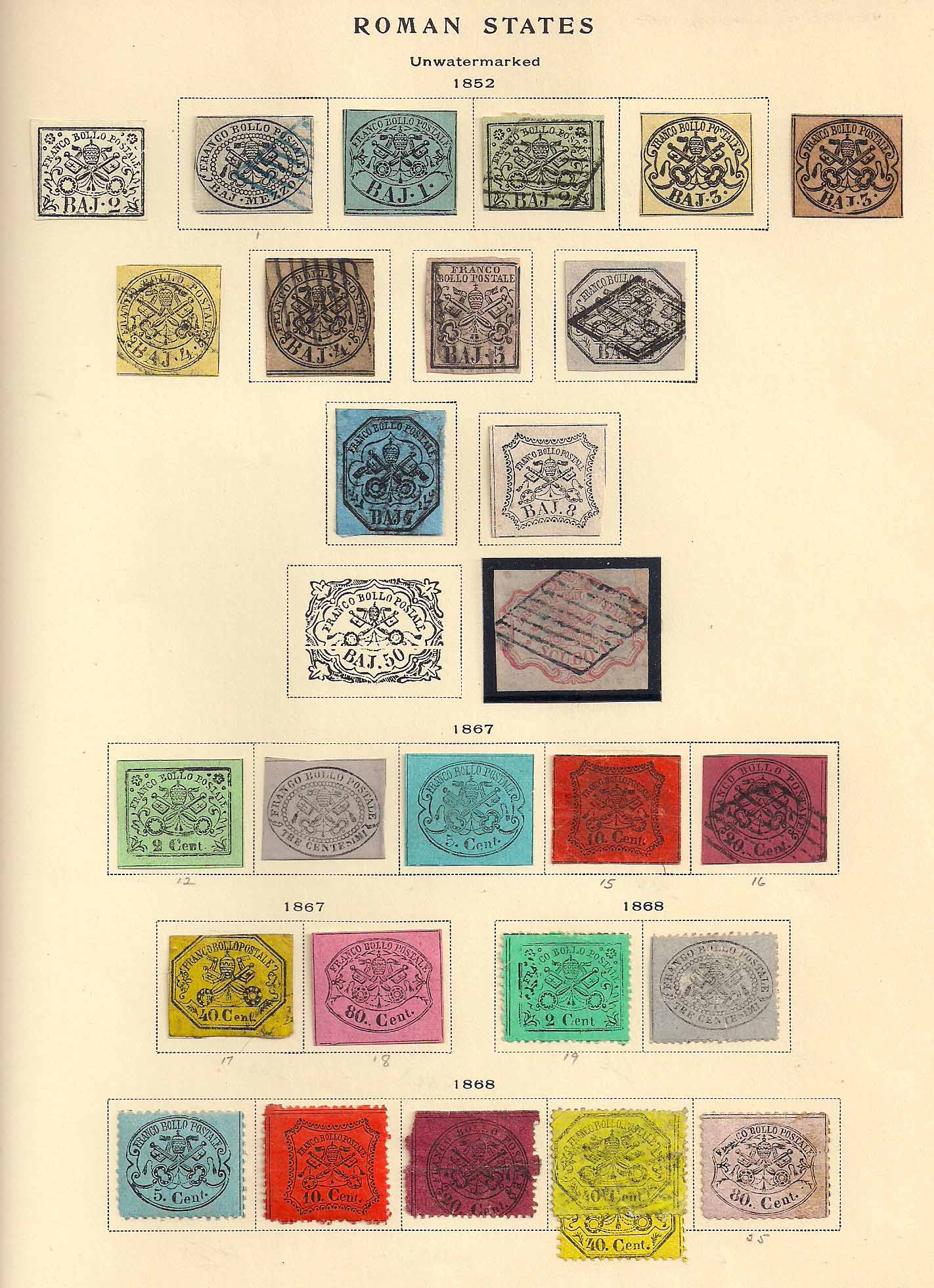While Zenabi makes a good case for using computer generated pages as opposed to traditionally printed albums, I still have to come to terms with two concerns about any type of "comprehensive" album. The first concern, which I admittedly feel less strongly about than when I first started this blog, is that, whether it is the "Brown" Internationals or the Stamp Web pages, you can never complete these comprehensive world albums. More to the point, not only would they never be complete, my original assumption was that you would be forever reminded of the futility of your collecting choice by the many hundreds of empty or scarcely filled pages. While some collectors view this as a challenge, I worry it would be a constant reminder that no matter how much time or money I spent, the albums would look empty. But after studying scans on the Internet of some comprehensive collections, I realize that there are enough "common" stamps that most of the spaces in the albums will still be the ones in the "Blue" International and that one might very well feel a certain sense of accomplishment even if the "Blue Mauritius" and similar rarities were forever beyond reach. As Lawrence Block wrote: "When you collected the whole world, your albums held spaces for many more stamps than you would ever be able to acquire...You tried to fill all the spaces, of course--that was the point--but it was the trying that brought you pleasure, not the accomplishment." And in your quest you would be following in the hallowed footsteps of Ferrary, Hind, and other renowned philatelic giants of yore.
The second concern is more difficult for me to work around. The Stamp Albums Web Classic Era pages take up over 6500 pages. (His British Commonwealth pages follow the Scott Classics Catalogue by going through the reign of George VI.) Even stuffing 600+ pages to a large binder, this would require ten binders. Subway Stamp Shop estimates that their "Brown" reprints would take 19 binders to house properly. As Subway makes money from selling the binders, this estimate may be rather liberal, but still you will end up wanting something like a stamp den (stamp nook? stamp cave?) to house your collection as shown in this recent eBay auction photo.

While this type of arrangement would make it easy to cope with a large collection, my problem is I like the freedom of housing my entire holdings in two binders which I can play with on the couch while watching TV. You could argue that realistically one is rarely working on more than a single country at any one time, and, not that you would be so rude as to say this to my face, I could use the exercise of getting up now and then to switch albums. One of Zenabi's points is that you don't have to print all of the pages at once. What I could do is to print out the album pages one country at a time, remounting the stamps from my existing "Blue" before going on to the next country.
I've been meaning for some time to take out a subscription to Stamp Album Web so this has motivated me to do so. It will be fun comparing these pages with the "Blue."



















